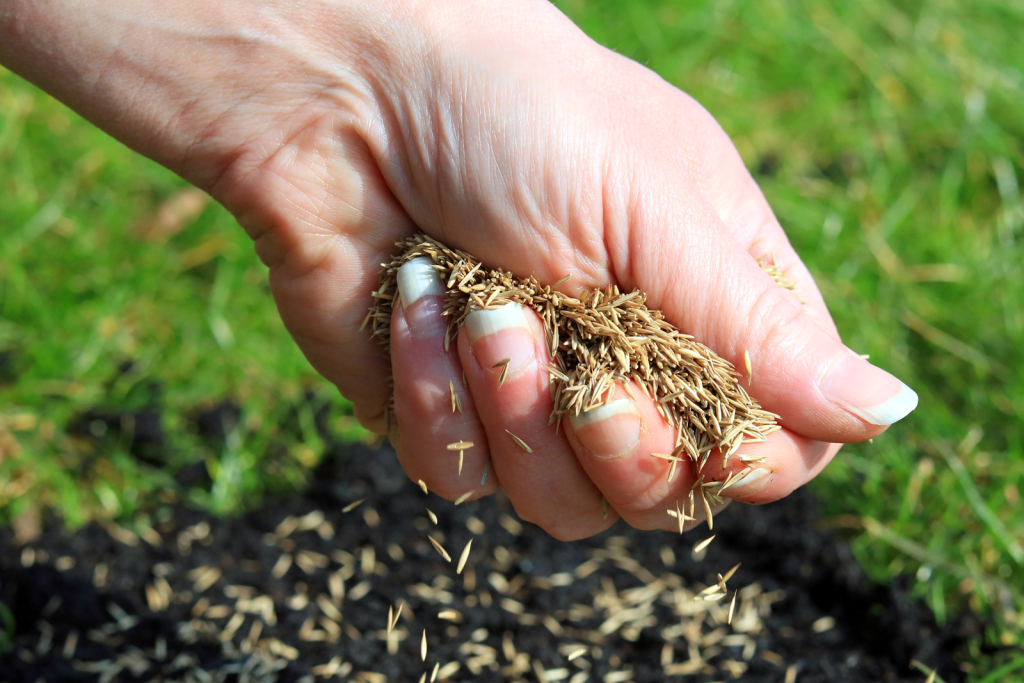
A guide to selecting, planting, and maintaining native seed mixes without common pitfalls that can lead to establishment failures.
Enrolling in the Conservation Reserve Program (CRP) is a great way for landowners to restore native habitat, improve soil and water quality, and contribute to long-term conservation goals. However, success in a CRP project depends heavily on proper planning and implementation of your seed mix.
At All Native Seed, we’ve worked with thousands of landowners and conservation professionals across the country. Along the way, we’ve seen a few common missteps that can hinder successful establishment. Here’s how to avoid them and ensure your native planting thrives from the start.
Choosing the Wrong Seed Mix for Your Region
The Mistake:
Using a generic seed mix that isn’t tailored to your location or soil type.
Why It Matters:
Each region has unique conditions – climate, precipitation, soil composition, and wildlife habitat needs. Seed that thrives in the Great Plains may fail in the Southeast.
How to Avoid It:
- Work with seed providers like ANS who offer region-specific, NRCS-compliant mixes.
- Conduct a soil test and assess site conditions before selecting your mix.
- Ask for guidance based on your CRP practice (CP2, CP4D, CP42, etc.).
Failing to Control Weeds Before Planting
The Mistake:
Planting native seeds without proper weed suppression.
Why It Matters:
Invasive or aggressive weeds can outcompete native seedlings before they get established, especially in the first year.
How to Avoid It:
- Implement a full season of site prep, which may include mowing, herbicide treatments, or tillage.
- Use non-selective herbicide treatments (e.g., glyphosate) to reduce existing vegetation.
- Consider a cover crop in the season prior to seeding to reduce weed pressure.
Ignoring Seeding Depth and Calibration
The Mistake:
Planting seed too deep or using equipment not suited for native species.
Why It Matters:
Native forbs and grasses have small seeds that require shallow placement, typically no more than ¼ inch deep. Improper equipment or poor calibration can bury seed too deep, hindering germination.
How to Avoid It:
- Use native seed drills designed for fluffy, lightweight seed.
- Calibrate equipment carefully before each planting.
- Don’t “work” seed in after seeding, this can disrupt seed placement and soil contact.
Overlooking Seed Purity and Quality
The Mistake:
Using seed mixes with low purity or unknown origins.
Why It Matters:
Poor-quality seed may contain weed seeds, have low germination rates, or fail to meet CRP requirements, leading to planting failure or non-compliance.
How to Avoid It:
- Purchase from reputable suppliers like ANS who provide tested, NRCS-compliant seed.
- Request seed tags and test results for purity, germination, and weed seed content.
- Purchase seed on a PLS (pure live seed) basis vs bulk seed basis
Skipping Follow-Up Maintenance
The Mistake:
Assuming the job is done once the seed is in the ground.
Why It Matters:
CRP fields often require follow-up management during establishment, especially in the first two years. Lack of establishment management can lead to failed plantings or weed takeover.
How to Avoid It:
- Monitor your field regularly during the growing season.
- Be prepared to spot spray weeds, mow to reduce competition, or conduct other establishment management.
- Understand and follow any mid-contract management requirements for your CRP practice.
Set Your Project Up for Success with ANS
At All Native Seed, we’re more than just a seed supplier, we’re your partner in CRP success. From selecting the right mix to supporting you through site prep and beyond, we’re here to help avoid costly mistakes and ensure long-term habitat establishment.
Need help reviewing your current seed plan or CRP goals?
Contact the ANS team today and let’s talk about your next steps toward a thriving, compliant, and ecologically beneficial CRP planting.
